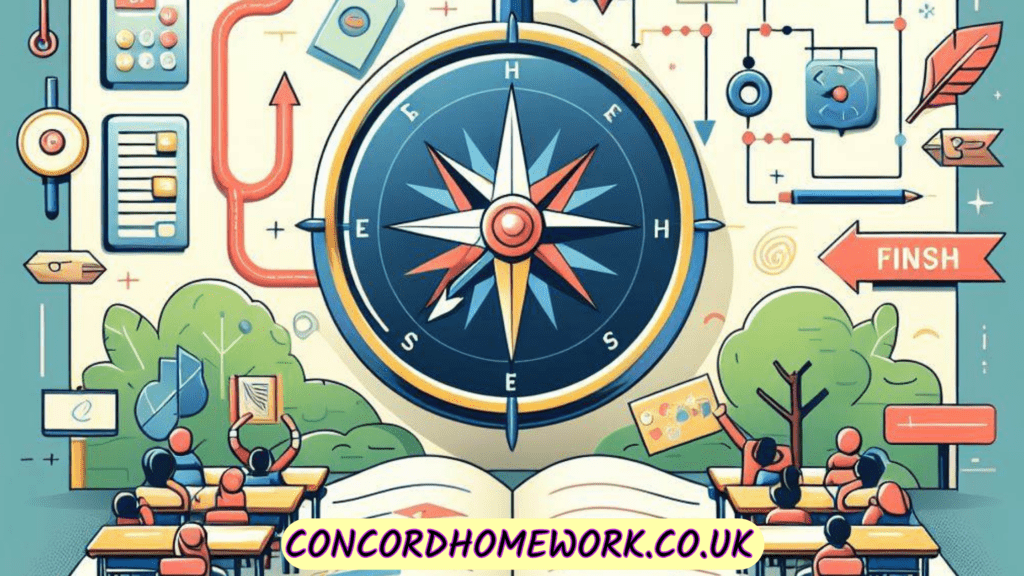Understanding Backward Design
At its core, backward design involves three primary stages:
- Identify Desired Results: Educators begin by establishing clear learning objectives. What should students know, understand, and be able to do by the end of the instruction?
- Determine Acceptable Evidence: Once goals are set, the next step is to decide how students will demonstrate their understanding and mastery of the content. This could include tests, projects, or other forms of assessment.
- Plan Learning Activities: With the end goals and evidence in mind, teachers then develop the instructional activities, lessons, and resources that will guide students toward achieving the learning objectives.
Advantages of Backward Design
The backward design model offers several benefits:
- Alignment with Objectives: It ensures that every aspect of teaching is aligned with the desired learning outcomes, leading to more focused and effective instruction.
- Enhanced Clarity: Both teachers and students have a clear understanding of the expectations and goals from the outset, which can increase motivation and engagement.
- Improved Assessment: Assessments are more likely to measure what truly matters, reducing the emphasis on rote memorization and encouraging deeper understanding.
- Flexibility: This approach allows educators to integrate a variety of teaching methods and materials, catering to diverse learning styles and needs.
Challenges of Backward Design
Despite its benefits, backward design is not without challenges:
- Time Investment: It requires substantial upfront planning, which can be daunting for educators who are accustomed to traditional methods.
- Potential Rigidity: There’s a risk of becoming too focused on predetermined outcomes, potentially stifling creativity and spontaneity in the classroom.
- Implementation Hurdles: New adopters may find it difficult to shift their mindset and fully embrace the backward design process.
Why English Language Professionals Prefer Backward Design
English language professionals find backward design particularly appealing for several reasons:
- Skill Development: It prioritizes the development of critical thinking and language skills, which are essential in language acquisition.
- Cultural Relevance: The method allows for the inclusion of culturally diverse texts and resources, enriching the learning experience.
- Student-Centered Learning: By focusing on outcomes, backward design naturally leads to more student-centered learning environments, where students take an active role in their education.
In conclusion, backward design is a powerful framework that can transform the way educators plan and deliver instruction. While it may require a shift in perspective and practice, the potential rewards for student learning and achievement make it a compelling choice for many in the field of education, particularly for those teaching English as a second language. Whether you’re an experienced educator or new to the profession, considering backward design could be a step toward more meaningful and effective teaching.

